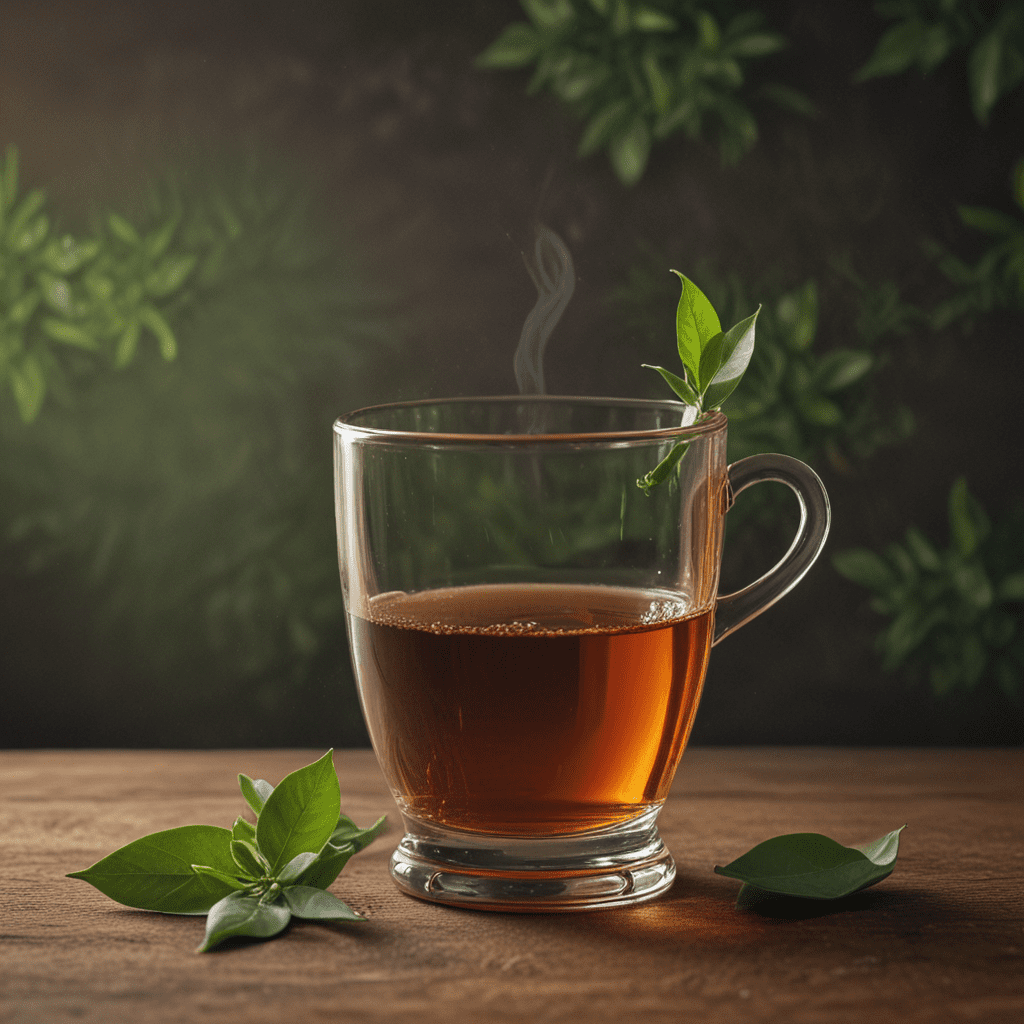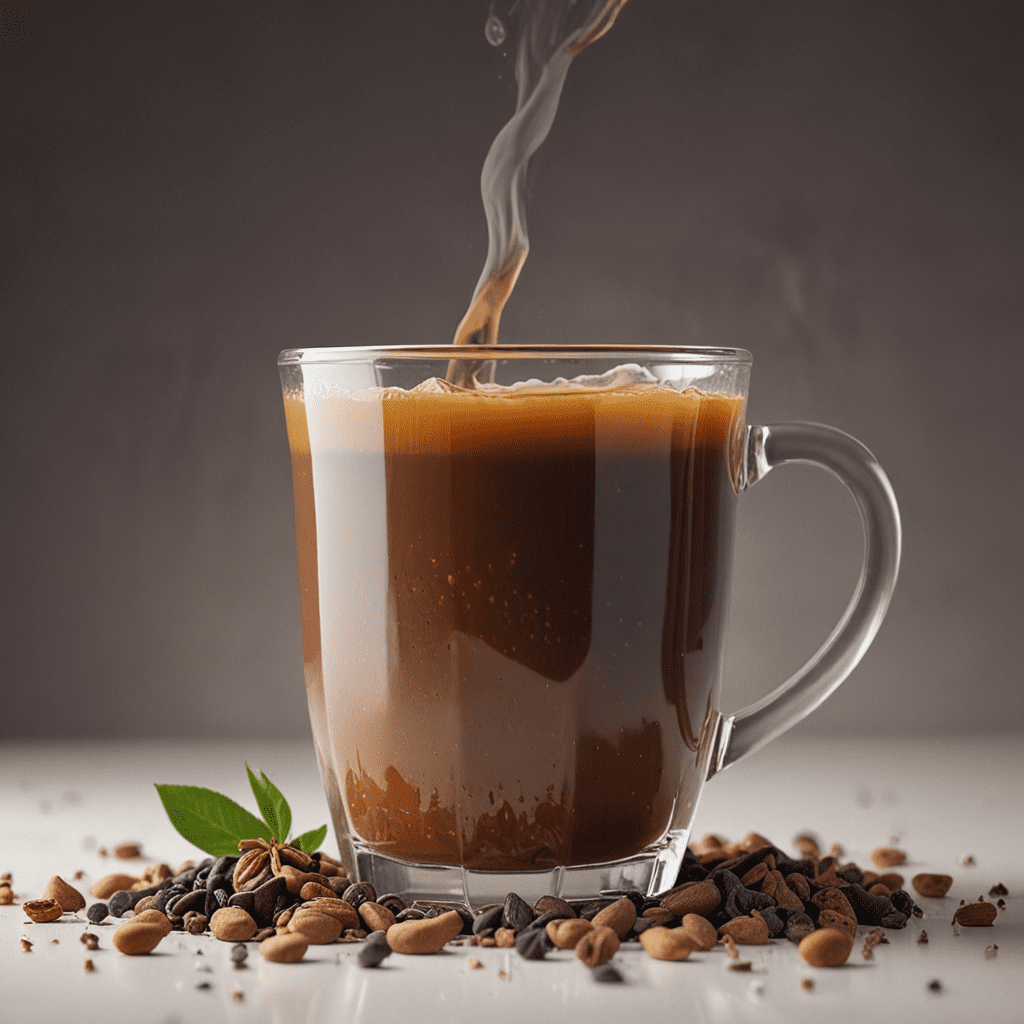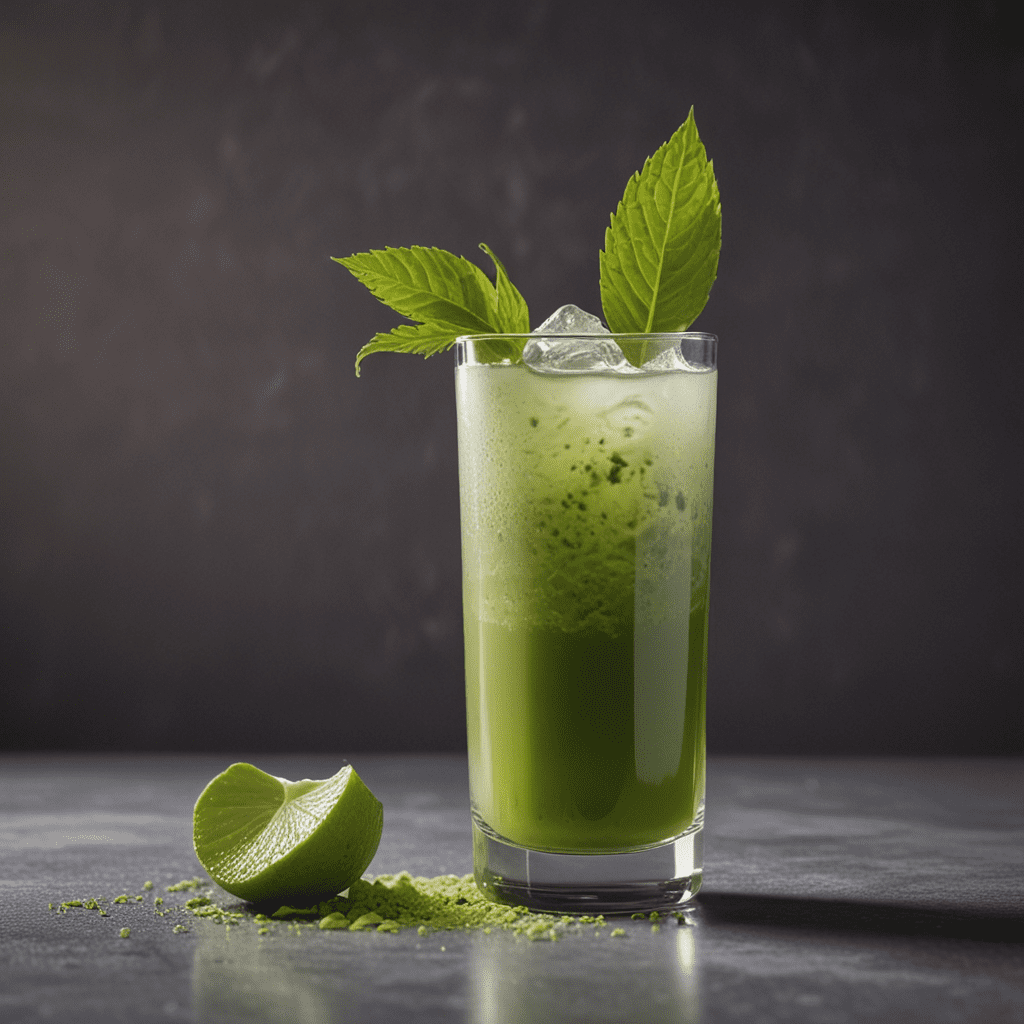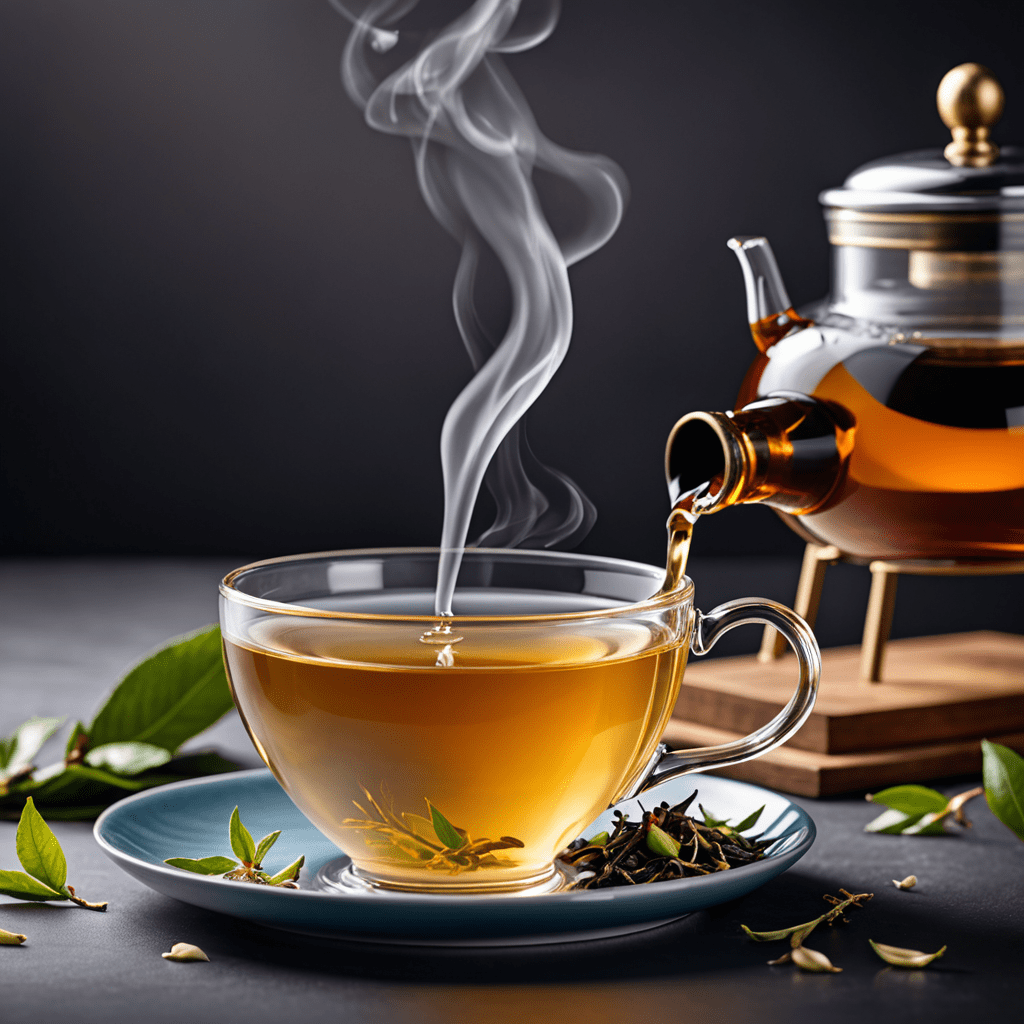
Ceylon Tea Traditions: Celebrating Tea Heritage
I. Introduction
Ceylon tea, renowned for its exquisite flavor and rich aroma, holds a revered place in Sri Lanka's cultural tapestry. Steeped in tradition and heritage, the art of tea cultivation and consumption has been passed down through generations, shaping the very fabric of Sri Lankan society. This article delves deep into the captivating world of Ceylon tea, exploring its storied history, diverse regional origins, and the intricate methods employed in its production. We will uncover the various types of Ceylon tea, immerse ourselves in traditional tea ceremonies, and unravel the intricate etiquette surrounding tea consumption in Sri Lanka. Moreover, we will shed light on the profound cultural significance of tea and delve into the vibrant realm of tea tourism in Sri Lanka.
II. The History of Ceylon Tea
The origins of Ceylon tea can be traced back to the 1800s, when British planters introduced tea bushes to the island as a means of revitalizing the struggling coffee industry. The lush tropical climate and fertile soils of Sri Lanka proved to be an ideal environment for tea cultivation, and the industry flourished rapidly. Today, Ceylon tea is globally recognized for its exceptional quality and distinct flavor profile, earning its place among the world's most sought-after teas.
III. Tea Regions of Sri Lanka
Sri Lanka's diverse geography gives rise to a variety of tea-growing regions, each producing teas with unique characteristics. The seven main tea regions are:
- Nuwara Eliya: Situated in the central highlands, Nuwara Eliya is known for producing high-grown teas with a delicate floral aroma and a light, refreshing taste.
- Uva: Located in the southeastern part of the island, Uva teas are known for their full-bodied flavor and spicy notes.
- Dimbula: Teas from Dimbula, a region in the central hills, are characterized by their bright, brisk flavor and a pronounced citrusy aroma.
- Kandy: The tea-growing region of Kandy is renowned for producing teas with a rich, malty flavor and a hint of sweetness.
- Sabaragamuwa: Located in the southwestern part of Sri Lanka, Sabaragamuwa teas are known for their medium-bodied flavor and a balanced, harmonious taste.
- Ruhuna: Teas from Ruhuna, a region in the southern part of the island, are known for their bold, robust flavor and a slightly smoky aroma.
- Western Province: Teas from the Western Province are known for their medium-bodied flavor and a subtle, floral aroma.
VI. Traditional Tea Ceremonies
The art of tea preparation in Sri Lanka is steeped in tradition and ritual. The most elaborate of these ceremonies is the Kandyan Tea Ceremony, a cultural treasure that originated in the Kandyan Kingdom. This ceremony involves a series of intricate steps, including the use of a special brass tea strainer called a "kalangedi" to brew the tea leaves. The tea is then poured into small, hand-painted cups, sweetened with jaggery, and served with a side of milk.
VII. Tea Etiquette in Sri Lanka
Tea consumption in Sri Lanka is deeply intertwined with social etiquette. It is considered disrespectful to decline an offer of tea, and it is customary to serve tea to guests as a sign of hospitality. When serving tea, it is important to use both hands to present the cup and to avoid overloading it with sugar or milk. Tea is typically served with a side of snacks or sweets, and it is considered polite to finish both the tea and the snacks before leaving.
VIII. The Cultural Significance of Tea
Tea holds a profound cultural significance in Sri Lanka, touching every aspect of society. It is a symbol of national pride and is an integral part of daily life. Tea plantations are a significant source of employment and economic growth, and the tea industry has played a vital role in shaping Sri Lanka's social fabric. Tea is also deeply rooted in the country's religious and cultural traditions, and it features prominently in many festivals and ceremonies.
IX. Tea Tourism in Sri Lanka
The allure of Ceylon tea has made Sri Lanka a popular destination for tea tourism. Visitors can immerse themselves in the world of tea by visiting tea plantations, learning about the production process, and sampling different varieties of tea. There are numerous tea-themed hotels and resorts offering guided tours, tea tastings, and other tea-related experiences. Tea tourism offers a unique opportunity to connect with the cultural heritage of Sri Lanka and to experience the exquisite flavors of Ceylon tea firsthand.
X. Conclusion
Ceylon tea is more than just a beverage; it is an intrinsic part of Sri Lankan culture and heritage. From its storied history to its diverse regional origins and intricate production methods, Ceylon tea has woven its way into the fabric of Sri Lankan society. Traditional tea ceremonies, etiquette, and cultural significance all contribute to the unique charm of Ceylon tea. Tea tourism offers a tantalizing glimpse into the world of Ceylon tea, allowing visitors to experience its flavors and traditions firsthand. As the demand for high-quality tea continues to grow, Ceylon tea stands poised to further solidify its place as a global icon of excellence and a beloved cultural treasure.
FAQ
What is the best way to brew Ceylon tea?
The optimal brewing method for Ceylon tea depends on the type of tea and personal preference. However, a general rule of thumb is to use freshly drawn, boiling water and to steep the tea leaves for 3-5 minutes.
What are the different types of Ceylon tea?
Ceylon tea is broadly classified into three main types: black tea, green tea, and white tea. Each type has its own unique flavor profile and brewing characteristics.
Where can I buy Ceylon tea?
Ceylon tea is available in most major supermarkets and tea shops around the world. It can also be purchased online from reputable tea retailers.
How do I store Ceylon tea?
Ceylon tea should be stored in an airtight container in a cool, dry place away from direct sunlight.


